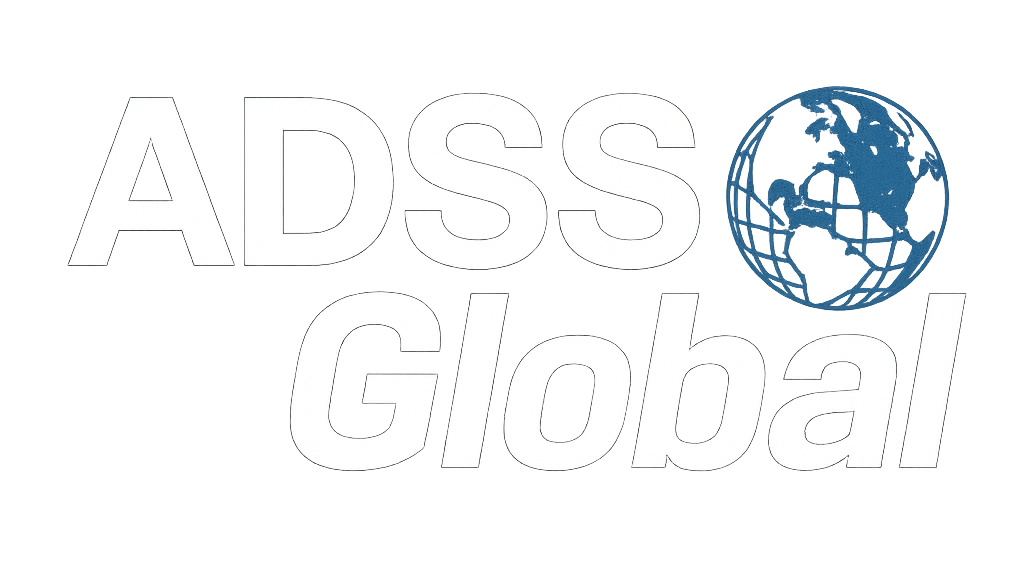
Cloud ERP is often seen as the smarter, faster, and more cost-efficient path forward — but is it always the cheaper one?
As more organizations consider moving from Sage 300 to Sage Intacct, CFOs are discovering that the cost conversation is far more complex than it appears.
In this second part of our Cloud Reality Check Series, we unpack the true Total Cost of Ownership (TCO) behind cloud migration, exposing the hidden costs and strategic trade-offs that every finance leader should understand before making the switch.
Why are companies moving from Sage 300 to Sage Intacct?
Sage Intacct promises automation, flexibility, and real-time data — qualities that make it appealing to forward-thinking CFOs. With built-in multi-entity consolidation, faster reporting, and anywhere access, it’s designed for scalability and growth.
But modernization also brings new cost structures and dependencies. While Intacct removes the burden of servers and local IT maintenance, the financial model shifts from one-time ownership to ongoing subscription, introducing potential surprises if not managed strategically.
Is Sage Intacct always cheaper than Sage 300?
Not necessarily.
The two systems are built on different economic models:
- Sage 300 uses a perpetual license with optional annual support.
- Sage Intacct follows a recurring subscription model.
That means your cost profile moves from capital expense (CapEx) to operating expense (OpEx). While that can improve cash flow predictability, the total cost over time can vary widely depending on usage.
Common hidden costs CFOs encounter include:
- Integration fees: Linking Intacct with CRMs, payroll, and banking systems often requires additional APIs or middleware.
- User and module expansion: Adding users or new functionality increases recurring fees.
- Migration and setup costs: Data conversion, consulting, and training add to implementation expenses.
- Customization limitations: Some deep process configurations available in Sage 300 are limited or billed as premium services in Intacct.
So while Sage Intacct may reduce IT overhead, it doesn’t always guarantee a lower TCO — especially in complex, multi-system environments.
What’s the Total Cost of Ownership (TCO) difference between Sage 300 and Sage Intacct?
TCO (Total Cost of Ownership) reflects the full financial lifecycle of your ERP investment — not just what appears on the first invoice.
| Cost Factor | Sage 300 | Sage Intacct |
| Licensing Model | Perpetual license (one-time) | Subscription (recurring) |
| Infrastructure | On-premise servers required | Cloud-hosted (no servers) |
| Customization | Highly flexible | Limited, via APIs |
| Integration | Add-ons or manual setup | Built-in APIs, may incur fees |
| Upgrades | Manual and IT-dependent | Automatic and included |
| Maintenance | Optional annual support | Included in subscription |
| Scalability | Moderate | High — adds cost per module/user |
CFO takeaway:
Sage 300 offers greater control and customization stability. Sage Intacct offers convenience, automation, and flexibility — but at the cost of ongoing monitoring to prevent budget creep.
How does scalability affect long-term ERP costs?
Scalability is where Sage Intacct shines — it easily adapts to growth across entities, locations, and departments.
However, that same scalability can become a silent cost driver if not managed.
To keep costs in check:
- Review active user licenses quarterly.
- Deactivate dormant users or redundant roles.
- Map new module requests to projected ROI.
- Revisit subscription terms annually.
At ADSS Global, we help CFOs establish frameworks for license optimization and usage audits, ensuring scalability drives efficiency, not expense.
Can a hybrid ERP model offer a middle ground?
Yes — and for many organizations, it’s the most practical next step.
A hybrid Sage 300 + Sage Intacct setup allows you to move high-impact functions like financial consolidation or project reporting to the cloud first, while keeping operational modules on-premise.
This approach provides:
- Controlled transition costs
- Lower migration risk
- Time to evaluate ROI before full migration
Hybrid adoption helps CFOs test the benefits of cloud ERP without abandoning the systems — and customizations — that already work well.
How does ADSS Global guide CFOs through this decision?
As one of the largest and most experienced Sage partners in North America, ADSS Global brings deep expertise in both Sage 300 and Sage Intacct ecosystems.
We help finance leaders evaluate migration decisions through a strategic, data-driven lens, not just a sales pitch.
Our services include:
- Comprehensive TCO analysis comparing Sage 300 and Intacct
- Cloud readiness assessments to identify cost and integration gaps
- Migration roadmaps tailored to your timeline and budget
- Post-implementation optimization to ensure ROI sustainability
We believe the right ERP choice isn’t just about features — it’s about fit, strategy, and value over time.
Key Takeaway
Cloud ERP isn’t automatically cheaper — but it can be smarter when aligned with your organization’s financial strategy.
By understanding the full cost landscape and leveraging expert guidance, CFOs can make confident, data-backed decisions about when and how to move from Sage 300 to Sage Intacct.
Talk to ADSS Global
Considering a move to Sage Intacct or exploring a hybrid ERP strategy?
Let’s help you analyze your true total cost of ownership and build a migration plan that matches your business goals.
